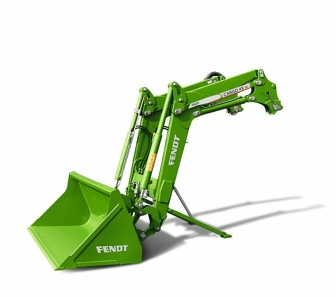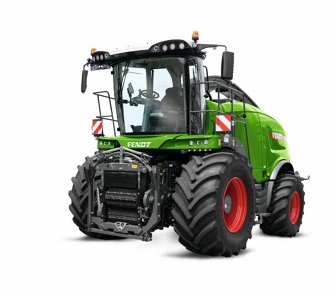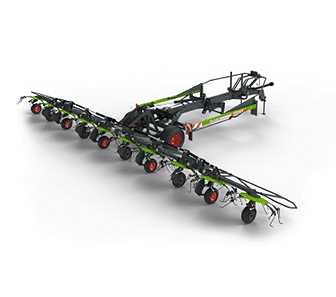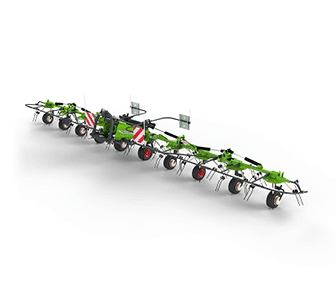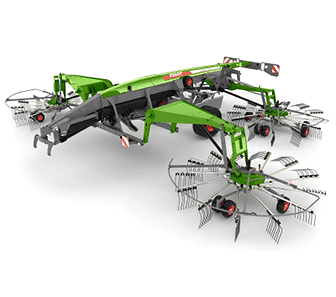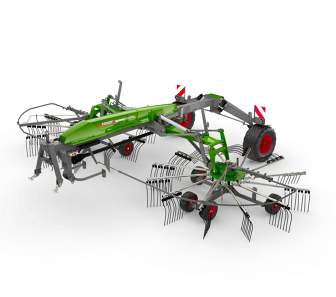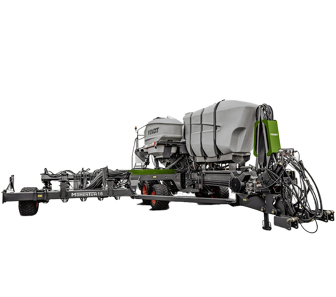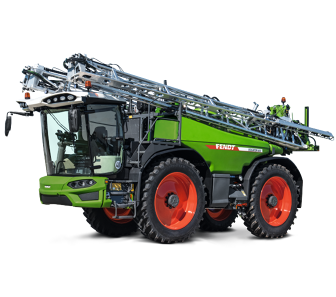from 376 kW / 511 hp to 495 kW / 673 hp
-
Products & Solutions
-
Agricultural Machinery
back to Overview
-
Tractors
-
Fendt 1100 Vario MT
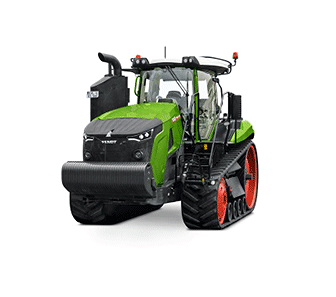
-
Fendt 1000 Vario
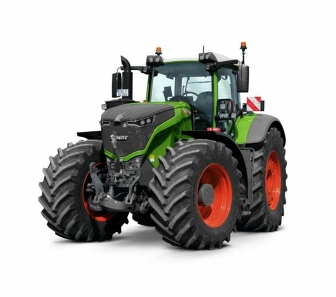 Fendt 1000 Variofrom 291 kW / 396 hp to 380 kW / 517 hp
Fendt 1000 Variofrom 291 kW / 396 hp to 380 kW / 517 hp -
Fendt 900 Vario MT
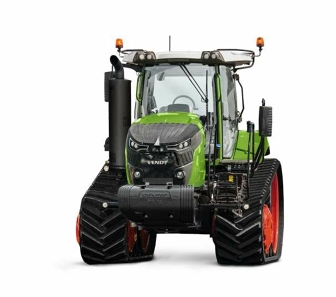 Fendt 900 Vario MTfrom 279 kW / 380 hp to 317 kW / 431 hp
Fendt 900 Vario MTfrom 279 kW / 380 hp to 317 kW / 431 hp -
Fendt 900 Vario
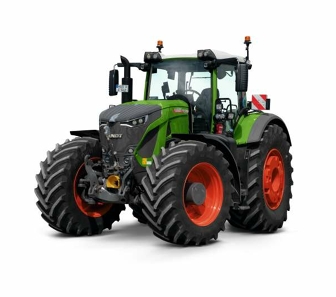 Fendt 900 Variofrom 217 kW / 296 hp to 305 kW / 415 hp
Fendt 900 Variofrom 217 kW / 296 hp to 305 kW / 415 hp -
Fendt 700 Vario Gen7
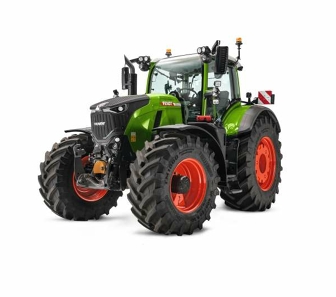 Fendt 700 Vario Gen7from 149 KW / 203 hp to 223 kW / 303 hp
Fendt 700 Vario Gen7from 149 KW / 203 hp to 223 kW / 303 hp -
Fendt 700 Vario Gen6
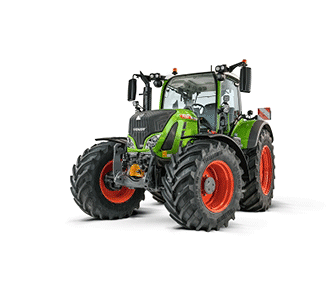 Fendt 700 Vario Gen6from 106 kW / 144 hp to 174 kW / 237 hp
Fendt 700 Vario Gen6from 106 kW / 144 hp to 174 kW / 237 hp -
Fendt 600 Vario
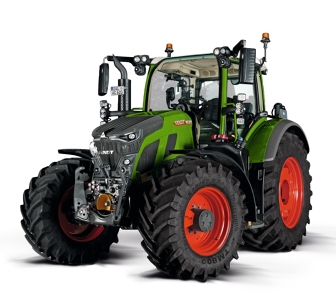 Fendt 600 Variofrom 110 kW / 149 hp to 154 kW / 224 hp
Fendt 600 Variofrom 110 kW / 149 hp to 154 kW / 224 hp -
Fendt 500 Vario
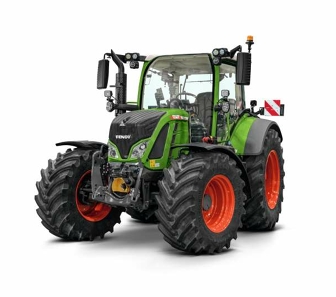 Fendt 500 Variofrom 91 kW / 124 hp to 120 kW / 163 hp
Fendt 500 Variofrom 91 kW / 124 hp to 120 kW / 163 hp -
Fendt 300 Vario
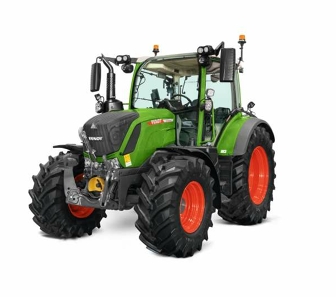 Fendt 300 Variofrom 83 kW / 113 hp to 104 kW / 142 hp
Fendt 300 Variofrom 83 kW / 113 hp to 104 kW / 142 hp -
Fendt 200 Vario
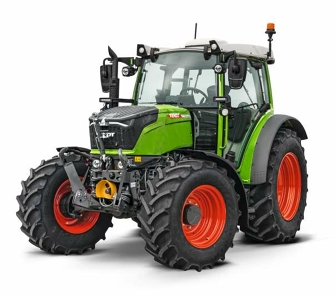 Fendt 200 Variofrom 58 kW / 79 hp to 91 kW / 124 hp
Fendt 200 Variofrom 58 kW / 79 hp to 91 kW / 124 hp -
Fendt 200 VFP Vario
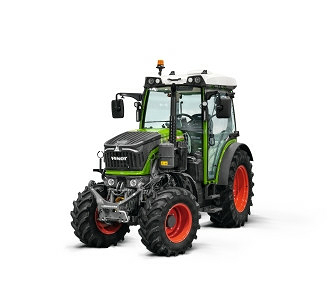 Fendt 200 V/F/P Variofrom 58 kW / 79 hp to 91 kW / 124 hp
Fendt 200 V/F/P Variofrom 58 kW / 79 hp to 91 kW / 124 hp
e-tractors-
Fendt e100 Vario
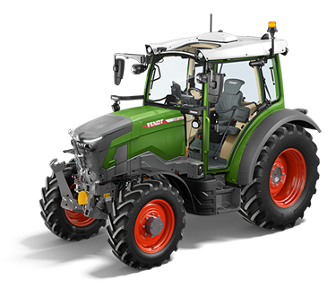 Fendt e100 Variofrom 50 kW / 68 hp to 66 kW / 90 hp
Fendt e100 Variofrom 50 kW / 68 hp to 66 kW / 90 hp -
Fendt e100 V Vario
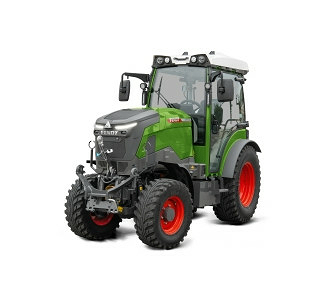 Fendt e100 V Vario55 kW / 75 hp
Fendt e100 V Vario55 kW / 75 hp
-
Fendt 1100 Vario MT
-
Telehandler
-
Fendt Cargo T955
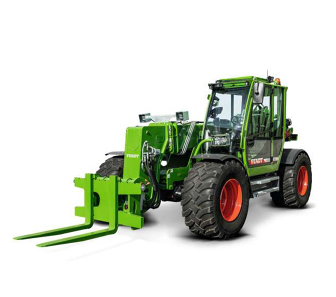 Fendt Cargo T955123 kW / 171 hp
Fendt Cargo T955123 kW / 171 hp -
Fendt Cargo T740
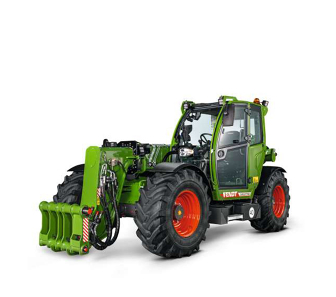 Fendt Cargo T740100 kW / 136 hp
Fendt Cargo T740100 kW / 136 hp
Combines-
Fendt IDEAL
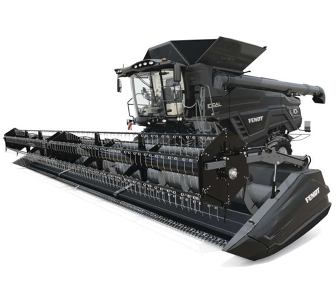 Fendt IDEALfrom 336 kW / 451 hp to 581 kW / 790 hp
Fendt IDEALfrom 336 kW / 451 hp to 581 kW / 790 hp -
Fendt C-Series
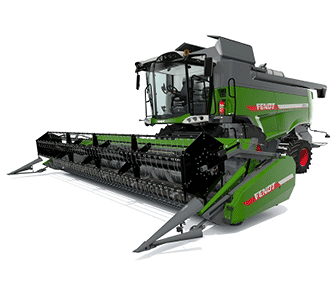 Fendt C-Seriefrom 225 kW / 306 hp to 265 kW / 360 hp
Fendt C-Seriefrom 225 kW / 306 hp to 265 kW / 360 hp -
Fendt C-Series SL
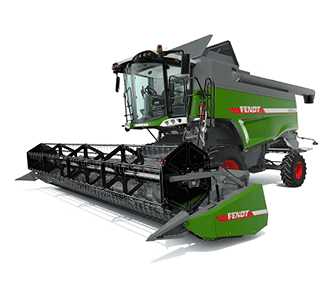 Fendt C-Serie SL225 kW / 306 hp
Fendt C-Serie SL225 kW / 306 hp -
Fendt L-Series
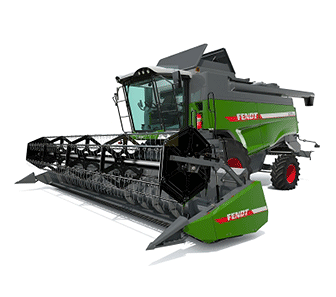 Fendt L-Seriefrom 192 kW / 260 hp to 225 kW / 306 hp
Fendt L-Seriefrom 192 kW / 260 hp to 225 kW / 306 hp -
Fendt CORUS 500
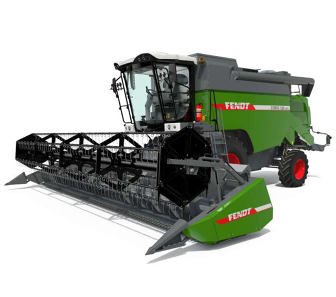 Fendt CORUS 500from 136 kW / 185 hp to 192 kW / 260 hp
Fendt CORUS 500from 136 kW / 185 hp to 192 kW / 260 hp
-
Fendt Cargo T955
-
Mowers
-
Fendt Slicer disc mowers
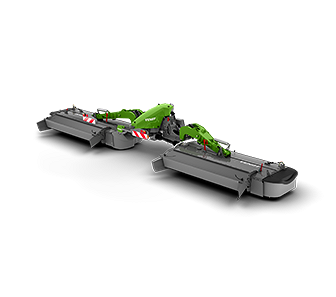 Fendt Slicer disc mowers
Fendt Slicer disc mowers -
Fendt Slicer front mounted mower
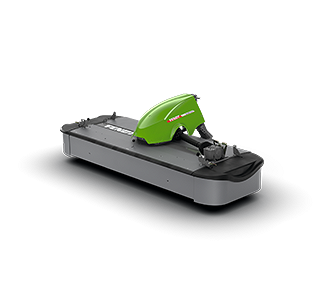 Fendt Slicer front mounted mower
Fendt Slicer front mounted mower -
Rear mounted Fendt Slicer
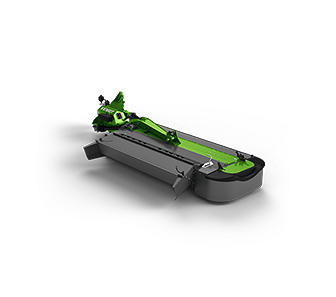 Rear mounted Fendt Slicer
Rear mounted Fendt Slicer -
Fendt Slicer mower combinations
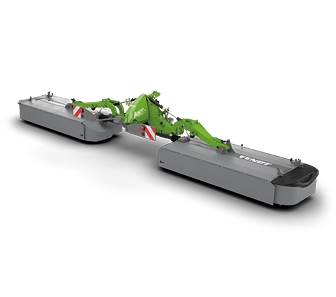 Fendt Slicer mower combiations
Fendt Slicer mower combiations -
Fendt Slicer mowers towed
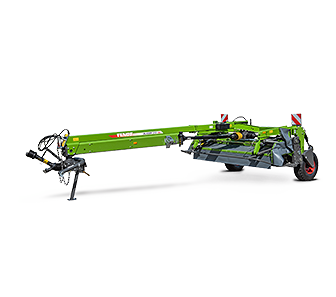 Fendt Slicer mowers towed
Fendt Slicer mowers towed -
Fendt Cutter
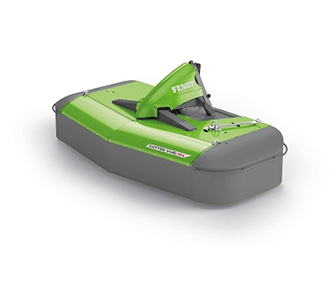 Fendt Cutter
Fendt Cutter
Forage wagons-
Fendt Tigo XR/VR/PR
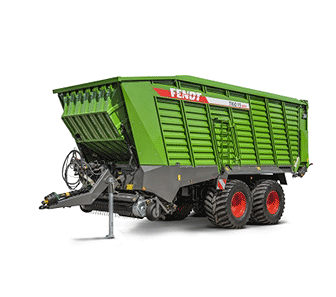 Fendt Tigo
Fendt Tigo
XR/VR/PR -
Fendt Tigo ST/S/MS/MR/MR Profi
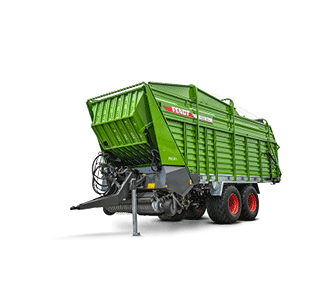 Fendt Tigo
Fendt Tigo
ST/S/MS/MR/MR Profi
-
Fendt Slicer disc mowers
-
Balers
-
Fendt Square Balers
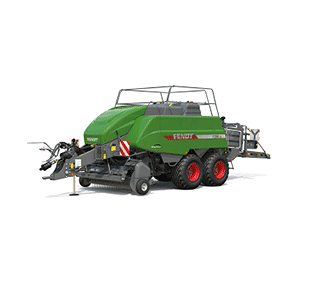 Fendt Square balers
Fendt Square balers -
Fendt Rotana F
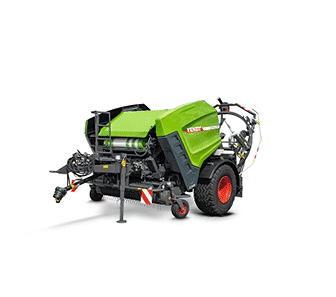 Fendt Rotana F
Fendt Rotana F -
Fendt Rotana V
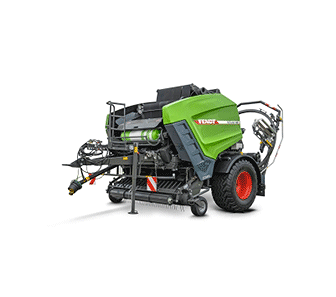 Fendt Rotana V
Fendt Rotana V -
Fendt Rollector
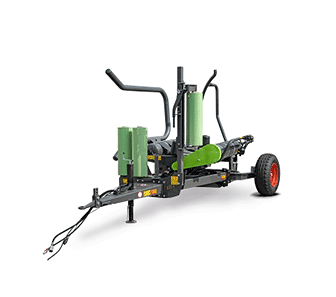 Fendt Rollector
Fendt Rollector
-
Fendt Square Balers
-
-
Areas of Application
back to Overview
-
Fendt Alpine programme
-
Fendt Slicer Alpine
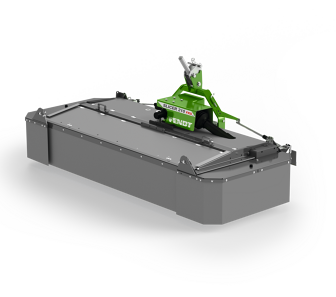 Fendt Slicer Alpine
Fendt Slicer Alpine -
Fendt Twister Alpine
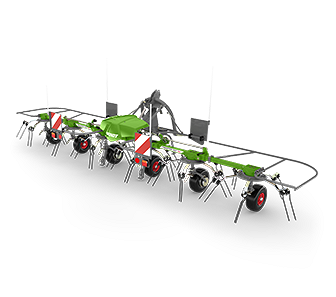 Fendt Twister Alpine
Fendt Twister Alpine -
Fendt Former Alpine
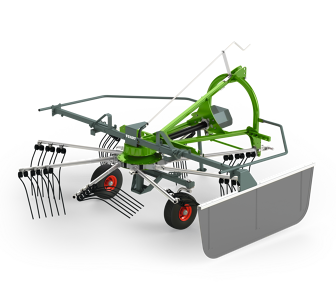 Fendt Former Alpine
Fendt Former Alpine -
Fendt Tigo Alpine
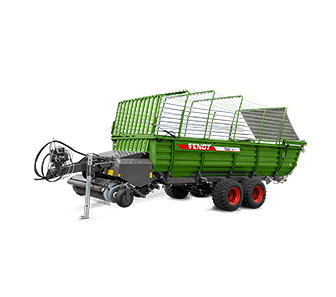 Fendt Tigo Alpine
Fendt Tigo Alpine -
Fendt 200 Vario Alpine
 Fendt 200 Variofrom 58 kW / 79 hp to 91 kW / 124 hp
Fendt 200 Variofrom 58 kW / 79 hp to 91 kW / 124 hp
-
Fendt Slicer Alpine
-
- Smart Farming
- Original accessories & technologies
-
Agricultural Machinery

